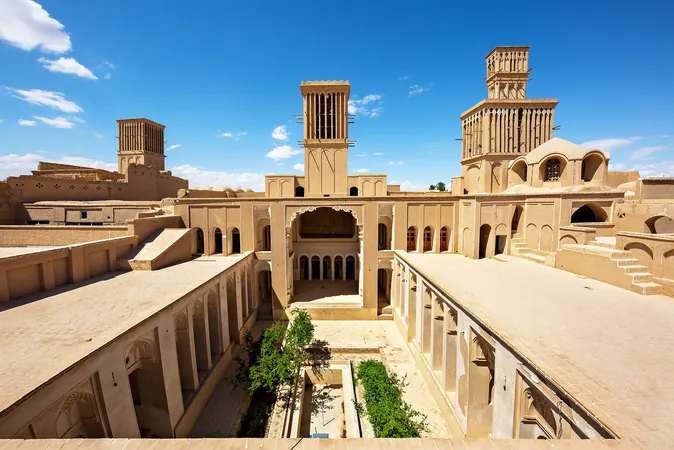
Ancient Innovations in Passive Cooling: How Our Forebears Beat the Heat Without AC
2025-01-12
Author: William
Ingenious Solutions from Antiquity
Before the invention of air conditioning, ancient architects created ingenious designs that protected inhabitants from the scorching sun. Thick walls made from mud brick or adobe were common, designed to absorb heat during the day and release it at night. This ancient practice proved effective in places like Southern Iraq, where Sumerians built compact neighborhoods with small windows and side-by-side homes that minimized sun exposure.
Lessons from Ancient Egypt
In Ancient Egypt, builders employed porous materials that not only blocked intense sunlight but also facilitated airflow. The innovative “mulqaf,” or wind catcher, is a striking example; it captures breezes from the outside and directs them into living spaces. Today, some regions in the Middle East continue to utilize this clever architectural feature, emphasizing the enduring relevance of these ancient designs.
The Puebloans and Structural Harmony
In the U.S. Southwest, the ancestral Puebloans created dwellings positioned strategically to take advantage of natural shade and seasonal sunlight. Their close-knit communities featured smaller windows that reduced heat gain, demonstrating a remarkable understanding of their environment. Such principles can inspire modern builders to optimize the thermal performance of their designs.
Water: An Ancient Cooling Resource
The ability to manage water resources for passive cooling is another lesson from history. Instead of hastily directing rainwater away via storm drains, ancient civilizations like the Muslim caliphates of North Africa carefully channeled rain into underground cisterns, fostering an ecosystem of self-sufficiency. This practice, also seen among Mayan civilizations, ensured they had essential water for irrigation while keeping their surroundings cool.
Modern Applications of Ancient Wisdom
As studies indicate increasingly frequent extreme heat events, architects and urban planners are looking revitalized toward passive cooling and water collection techniques. Employing orientation strategies, such as positioning buildings to benefit from natural light and breezes, can significantly reduce the cooling load in hotter months. On-site rainwater harvesting systems could also alleviate stress on municipal water supplies.
A Sustainable Future
While rethinking modern infrastructure can be a daunting task, cities are poised to benefit from the wealth of knowledge in historical architecture. Moving beyond glass facades and single-use designs could pave the way for resilient, energy-efficient buildings that honor our environmental heritage while adapting to contemporary challenges.
A Call to Action
The insights gleaned from those who thrived in some of the world’s hottest regions could provide crucial strategies for the future. As we face more frequent blackouts and heatwaves, employing the wisdom of passive cooling methods can lead not only to greater comfort but also to a more sustainable and resilient built environment.
In light of this, it is clear: looking back may illuminate our path forward. Embracing these time-tested techniques may just be the key to staying cool when modern conveniences fail us.

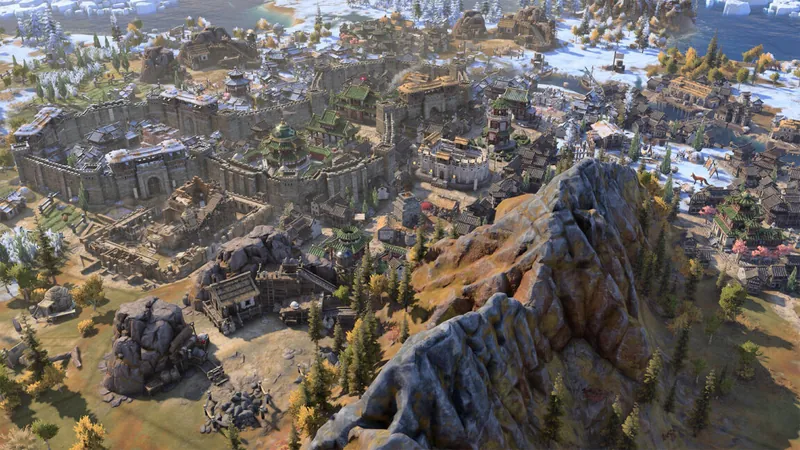

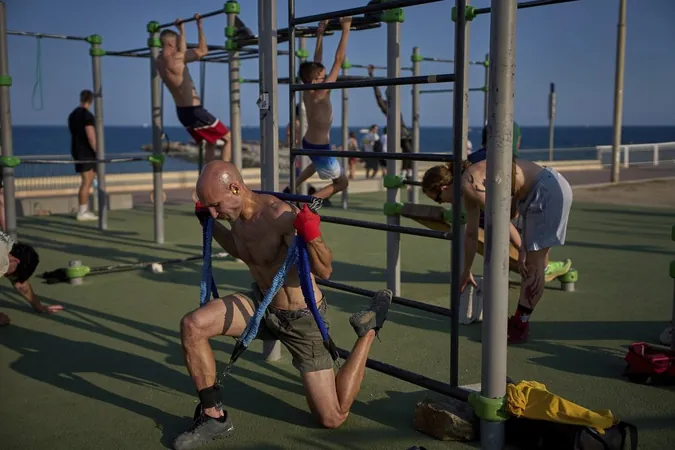
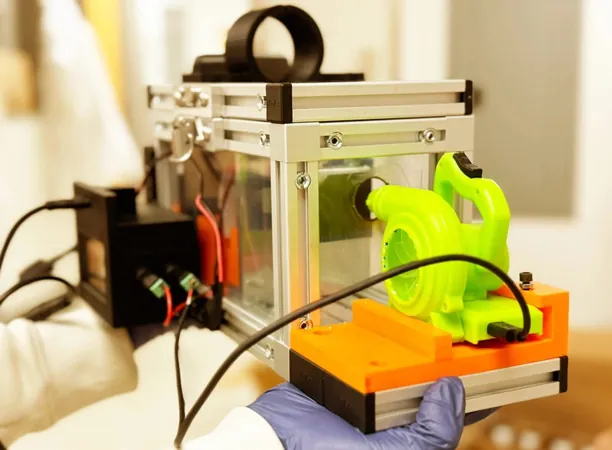
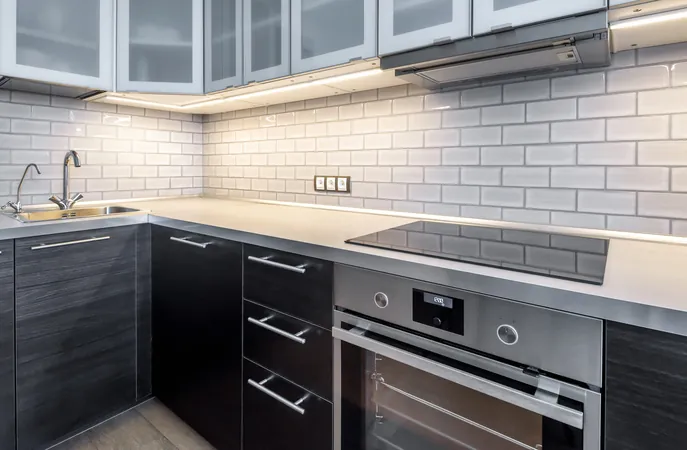

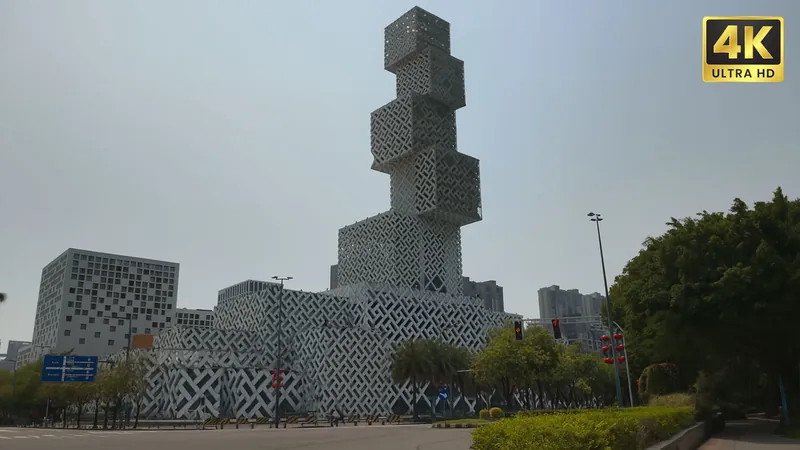

 Brasil (PT)
Brasil (PT)
 Canada (EN)
Canada (EN)
 Chile (ES)
Chile (ES)
 Česko (CS)
Česko (CS)
 대한민국 (KO)
대한민국 (KO)
 España (ES)
España (ES)
 France (FR)
France (FR)
 Hong Kong (EN)
Hong Kong (EN)
 Italia (IT)
Italia (IT)
 日本 (JA)
日本 (JA)
 Magyarország (HU)
Magyarország (HU)
 Norge (NO)
Norge (NO)
 Polska (PL)
Polska (PL)
 Schweiz (DE)
Schweiz (DE)
 Singapore (EN)
Singapore (EN)
 Sverige (SV)
Sverige (SV)
 Suomi (FI)
Suomi (FI)
 Türkiye (TR)
Türkiye (TR)
 الإمارات العربية المتحدة (AR)
الإمارات العربية المتحدة (AR)